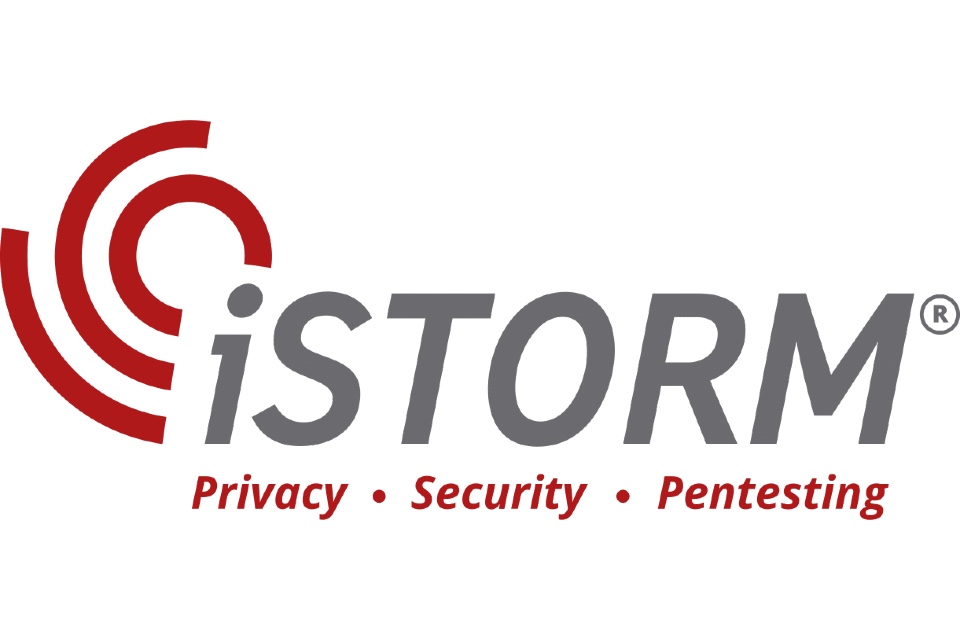Fintech: How financial technology is benefitting businesses, and impacting security

Is your business operating as efficiently as it could be? For smaller businesses and startups, maximising efficiency can be the difference between surviving and thriving. In today’s rapidly-evolving commercial landscape, being an early adopter of the latest technology can set your business apart from the rest, open the door to a wider market of potential […]
2023’s most in-demand cyber security solutions revealed

Access Control, Vulnerability Management and Application Security top the list of solutions and services the UK’s leading IT security professionals are sourcing in 2023 and beyond. The findings have been revealed ahead of next month’s Security IT Summit and are based on delegate requirements at the upcoming event. Delegates registering to attend were asked which areas they […]
Schoolgirls encouraged to consider careers in cybersecurity by Aston University

One hundred female Year 8 student from Birmingham schools took part in an ‘explorer day’ organised by the Cyber Security Innovation (CSI) Centre at Aston Business School. The Cyber girls event is part of the Cyber Kali project, for which a team of academics at Aston and Warwick Universities have been awarded funding by the UK National Cyber […]
Research pinpoints advanced persistent threats to businesses in Europe

A new study has revealed a ‘worrying’ lack of visibility into networks that exposes organisations to cyber risks and large-scale disruptions that can inflict substantial losses. Gatewatcher’s inaugural analysis of the pan-European, advanced persistent threat (APT) landscape draws on responses from of 300 IT decision-makers across the UK, France and Germany, highlighting the main fears […]
The risk of IT business as usual

IT teams within mid-sized organisations are over-stretched. Resources are scarce, with sometimes skeleton teams responsible for all aspects of IT delivery across large numbers of users. With up to 90% of the team’s time being spent ‘keeping the lights on’, there is minimal scope for the strategic thinking and infrastructure optimisation that business leaders increasingly […]
Say goodbye to traditional security training: How to keep your staff engaged!

As the saying goes, what got you here, won’t get you there. While the traditional method of once-a-year security awareness training for your staff may have been an acceptable method in the early 2000’s, times change, and so do the needs of staff. Simply providing information to employees is not enough. For best results, information delivered […]
INDUSTRY SPOTLIGHT: Protect your top attack vectors, across all channels by Perception Point

Perception Point is a Prevention-as-a-Service company for the fastest and most accurate next-generation detection, investigation, and remediation of all threats across an organisation’s main attack vectors – email, web browsers, and cloud collaboration apps. Perception Point streamlines the security environment for unmatched protection against spam, phishing, BEC, ATO, ransomware, malware, Zero-days, and N-days well before […]
What more, if anything, should governments be doing about cyber actors?

By Will Dixon, Global Head of the Academy and Community at ISTARI Cyberattacks are becoming more frequent, and their potential consequences are becoming more severe. With Critical National Infrastructure and other important services constantly in the virtual crosshairs of both state actors and cybercriminals, it is entirely conceivable that an attack, or a series of […]
Should I switch penetration testing provider every year? A pentester’s perspective…

By Greg Charman – Pentester at iSTORM Solutions It’s that time again. Time to reach out to several pentest providers and get the ball rolling for scoping calls, quoting then re-quoting. Once this is completed and you’ve chosen this year’s provider – you have hope that they have availability that aligns with your timeframes. All […]
Protecting data irrespective of infrastructure

The cyber security threat has risen so high in recent years that most companies globally now accept that a data breach is almost inevitable. But what does this mean for the data protection and compliance officers, as well as senior managers, now personally liable for protecting sensitive company, customer and partner data? Investing in security […]


